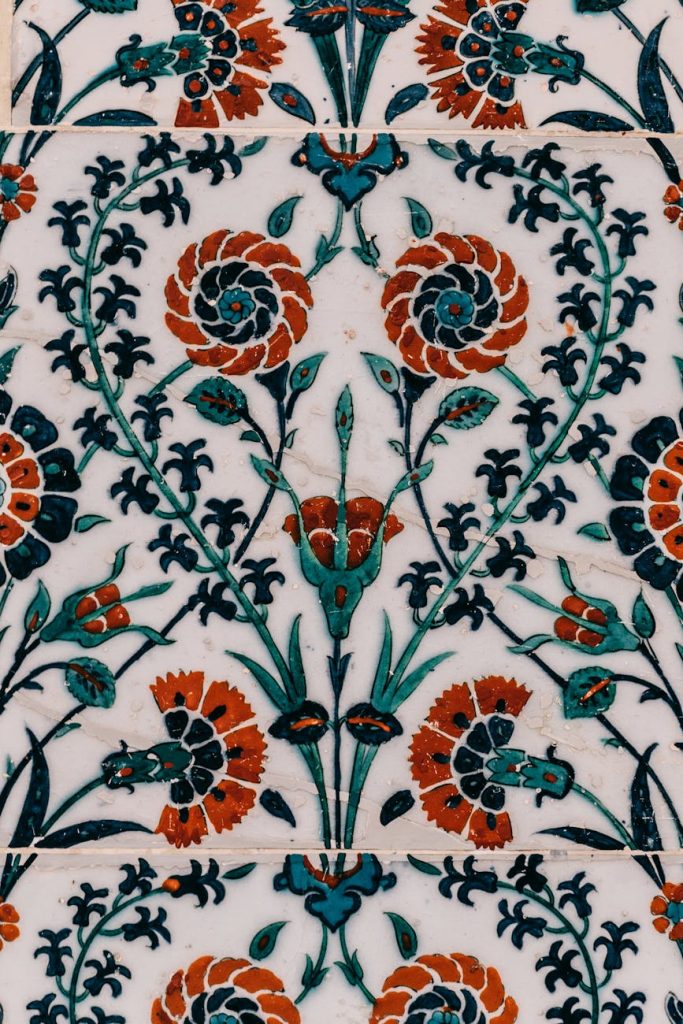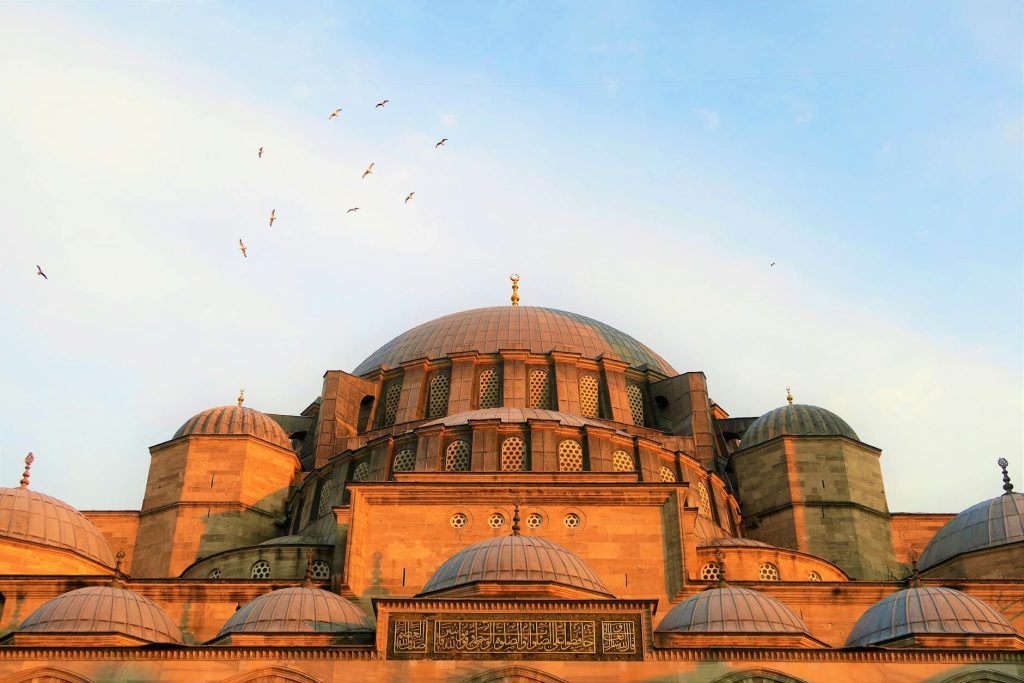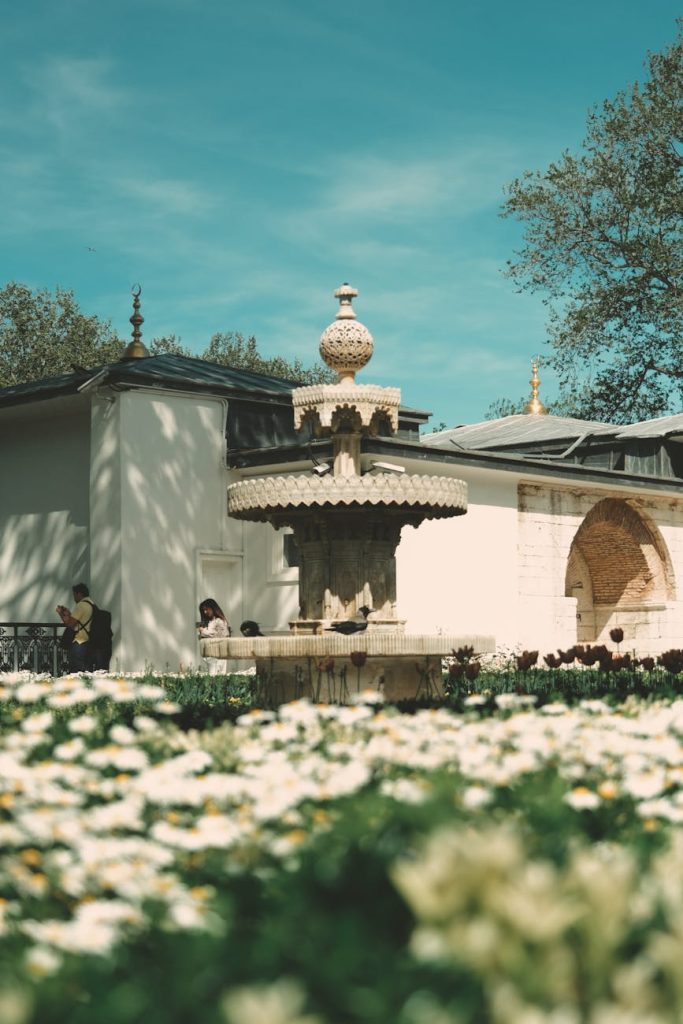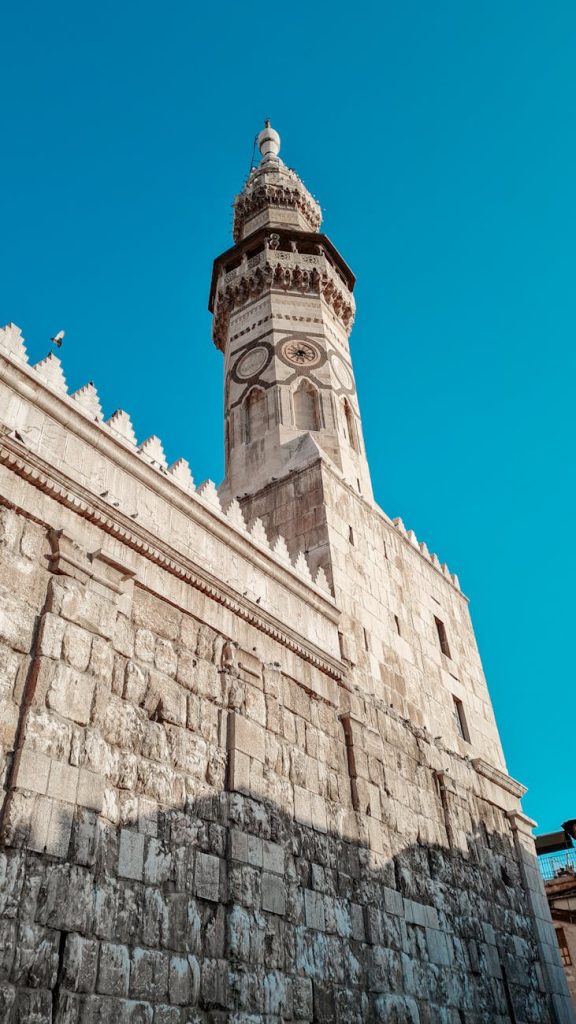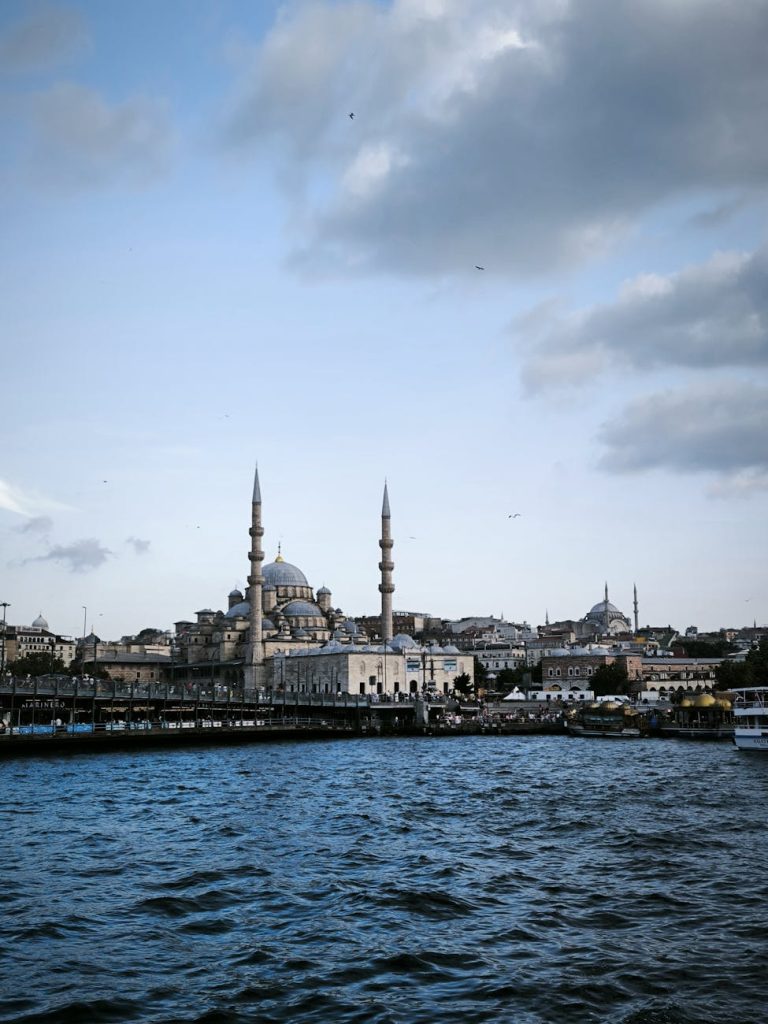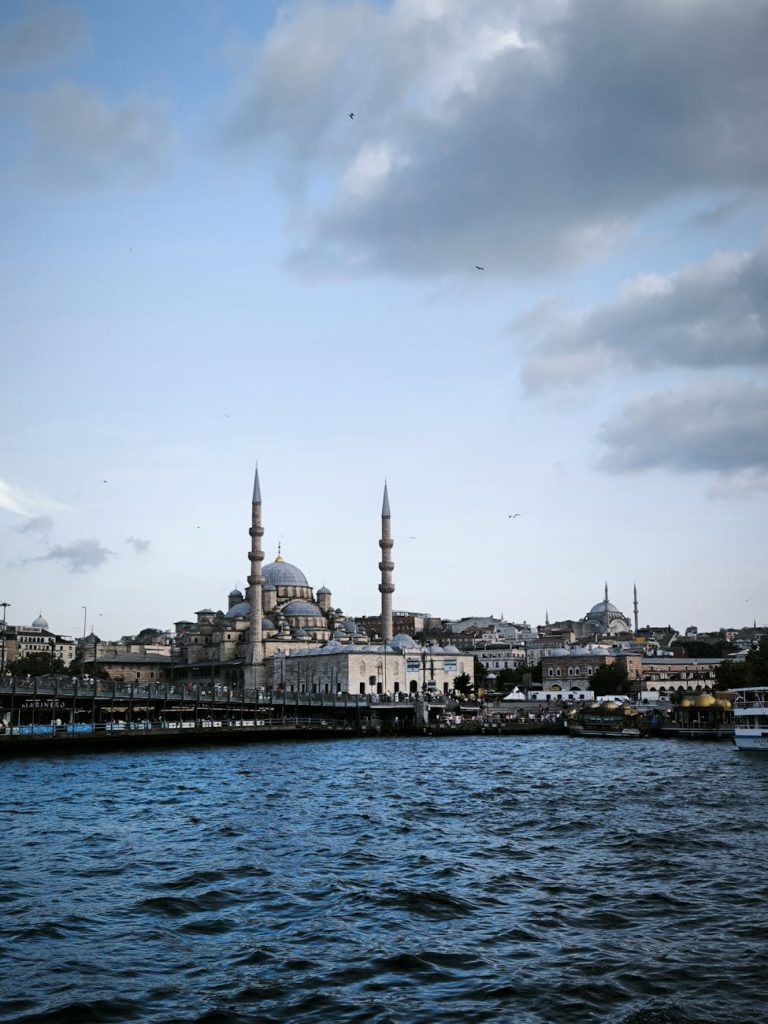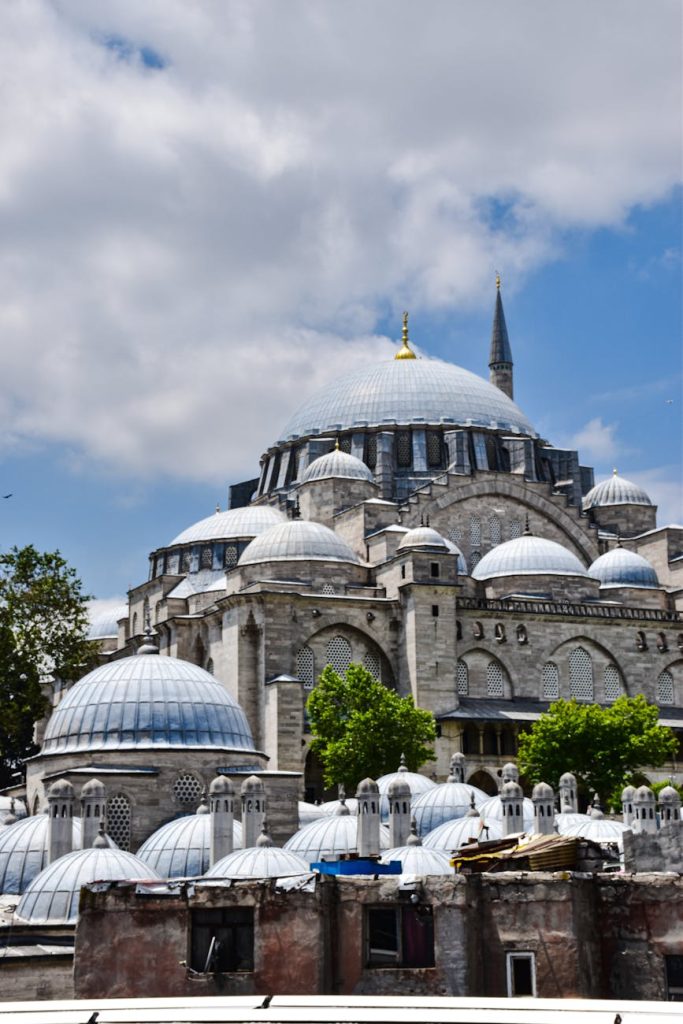
History of Sultan Ahmed
The Sultan Ahmed Tomb, located within the Sultan Ahmed Complex in Istanbul, reflects the grandeur of Ottoman architecture and history. Constructed in the early 17th century (around 1617) under the reign of Sultan Ahmed I, it serves as both a final resting place for the sultan and a significant monument in Islamic history.
Sultan Ahmed I, known for his efforts to rejuvenate the Ottoman Empire, commissioned the famous Blue Mosque, which stands adjacent to the tomb. The tomb’s design showcases the artistic and architectural innovations of the period, making it an essential piece of Ottoman heritage. The architecture intertwines both Islamic and Byzantine influences, offering visitors a glimpse into the historical evolution of Ottoman architecture.
Mausoleum Architecture
The architectural design of the Sultan Ahmed Tomb is characteristic of the mausoleum style popular in the Ottoman era. Key features include:
- Octagonal Structure: The tomb itself is designed in an octagonal shape, which is reflective of traditional Islamic geometric design principles.
- Dome: Topped with a grand dome, the tomb symbolizes the heavenly abode of the departed.
- Decorative Features: The interior is adorned with exquisite calligraphy, tile work, and marble elements, showcasing the craftsmanship of the era. The use of light through stained glass windows adds an ethereal touch to the atmosphere inside.
These elements combined create not only a worship space but also a monument that captures the essence of the Sultan Ahmed complex.
Complex Overview
The Sultan Ahmed Complex, often referred to as the Sultanahmet Mosque Complex, consists of several key components besides the tomb:
- Blue Mosque (Sultan Ahmed Mosque): Known for its stunning blue tiles, this mosque is an architectural marvel that attracts tourists and worshippers alike.
- Courtyard: The expansive courtyard surrounding the mosque offers visitors a place for reflection and tranquility.
- Hospital and Madrasah: The complex originally included a hospital and religious school, indicating the sultan’s commitment to public welfare and education.
The entire complex is recognized as a UNESCO World Heritage site, reflecting its cultural and historical significance [1].
Cultural Significance
The Sultan Ahmed Tomb and Complex are not just architectural feats; they represent a vital part of Istanbul’s Islamic history. The tomb serves as a symbol of the Ottoman Empire’s power and influence during its zenith, playing a significant role in shaping Istanbul’s identity.
Visitors often regard the site as a pilgrimage, honoring not just Sultan Ahmed I but also the rich legacy of Islamic civilization. The Blue Mosque, alongside the tomb, contributes to the area’s significance as a cultural and spiritual hub. Events and festivals, especially during religious observances, are frequently held in and around the complex, reinforcing its ongoing importance in modern-day Turkey [2].
Visiting Info
When planning a visit to the Sultan Ahmed Tomb and Complex, consider the following essential tips:
- Location: The complex is situated in the heart of Istanbul, making it easily accessible via public transportation.
- Opening Hours: The tomb is generally open to visitors throughout the day, but it can be closed during prayer times.
- Dress Code: As a site of worship, modest dress is required. Visitors should ensure their shoulders and knees are covered.
- Guided Tours: Opting for a guided tour can enrich your understanding of the historical context and architectural details. Many tours include both the tomb and the Blue Mosque.
The complex can get crowded, especially during peak tourist seasons, so early visits are advisable.
Conclusion
The Sultan Ahmed Tomb and Complex stand as significant reminders of Istanbul’s rich Islamic history and cultural heritage. Their architectural beauty, intertwined with historical narratives, offers visitors a profound insight into the Ottoman Empire’s legacy. Whether you’re drawn in by the stunning designs or the historical significance, the Sultan Ahmed Complex provides an enriching experience that resonates well beyond its physical presence. Make sure to include it in your Istanbul itinerary when exploring the depths of Ottoman heritage.
References
Get epic product battles straight to you! 🥊 📦 ![]()

